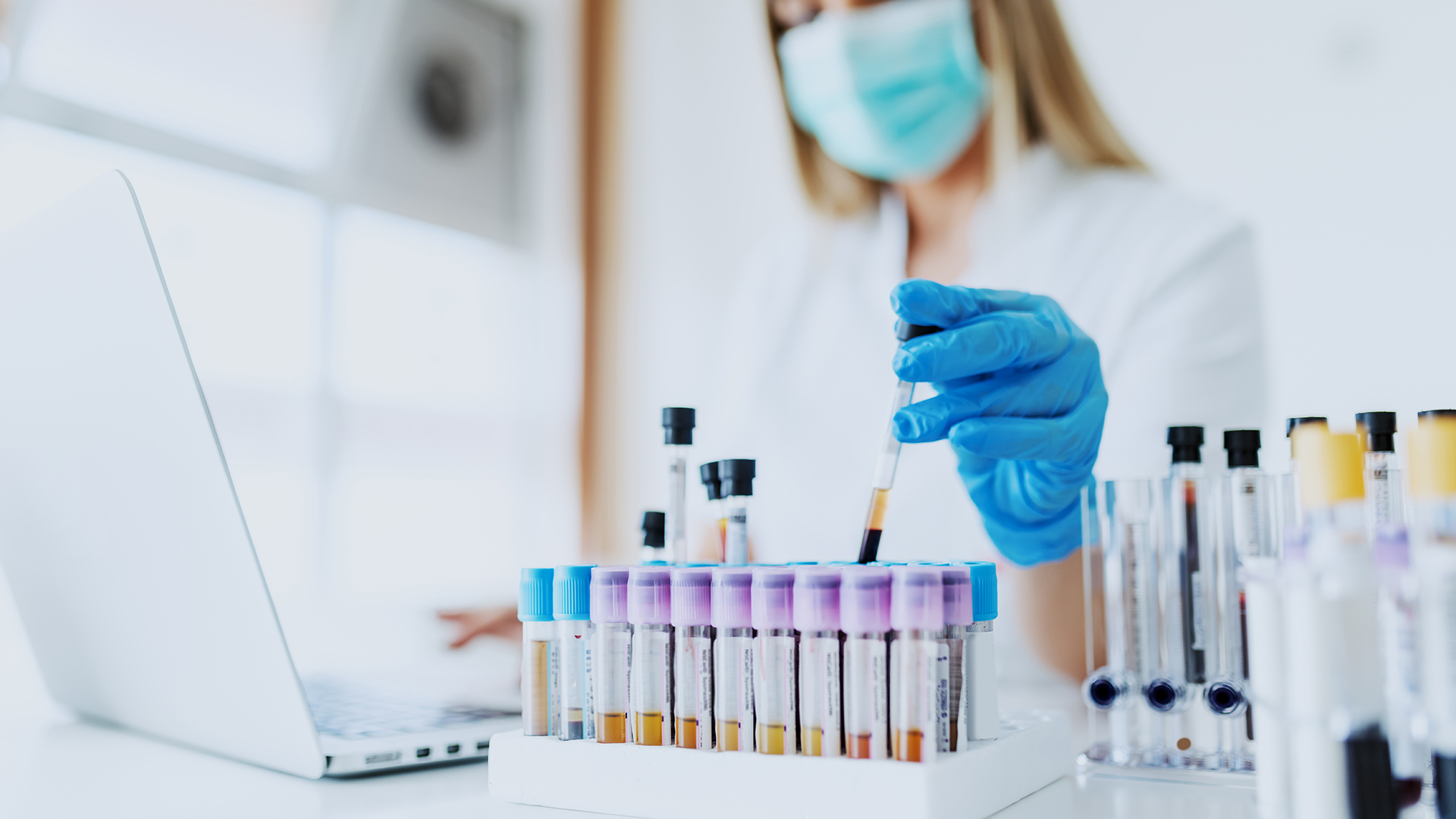
COVID-19 has significantly disrupted a lot of things in people’s lives, and one of the places where it has had the most significant impact is in the arena of medical care. While large hospitals and ICUs struggle throughout the country to treat patients for the virus, there are also millions of smaller independent clinics and practices that are struggling to adapt to providing telemedicine services when in-person visits aren’t safe or aren’t a viable option.
For providers, this represents a radical shift from your practice, and in some cases brand new telemedicine software. It also presents challenges for billing as you try to figure out the maze of new ICD-10, CPT, and HCPCS codes to get paid for the services you provide patients virtually. Here are three important things to know about COVID-19 telehealth and laboratory billing.
1: Specific codes are available to bill for COVID-19 testing
The Centers for Medicare and Medicaid Services (CMS) created two HCPCS codes you can use for lab billing for COVID-19:
- U0001, CDC 2019-nCoV Real-Time RT-PCR Diagnostic Panel
- U0002, 2019-nCoV Coronavirus, SARS-CoV-2/2019-nCoV (COVID-19), any technique, multiple types or subtypes (includes all targets), non-CDC
The AMA’s CPT Editorial Panel created its own code for billing:
- 87635 – Infectious agent detection by nucleic acid (DNA or RNA); severe acute respiratory syndrome coronavirus 2 (SARS-CoV-2) (Coronavirus disease [COVID-19]) amplified probing technique
Medicare and private insurance carriers cover medically necessary clinical diagnostic laboratory tests ordered by a doctor or other practitioner. The HCPCS codes are retroactive to any dates of service on or after February 4, 2020. The CPT codes are retroactive to dates of service on or after March 13, 2020.
2: Medicare has a waiver to cover telemedicine visits
Medicare issued a waiver that allows providers to offer a wide range of services you normally would provide in-person as telehealth services. These services will all be paid under the Physician Fee Schedule, regardless of the location of the patient and provider at the time of service. Even if you were not previously authorized to bill for telehealth services, you can do so under the expanded COVID-19 waiver. That includes physical therapists, occupational therapists, speech language pathologists, and others.
3: The type of telemed technology you can use has expanded as well
You can now provide telemed services using any telecommunications technology with audio and video capabilities for two-way, real-time communication. This includes applications like FaceTime, Zoom, GoToMeeting, and Google Meet. It’s still important to focus on patient privacy and ensure that you can conduct your visits in a way that does not violate HIPAA, but all platforms that offer these technologies are approved.
There is a lot of change and confusion right now, but understanding the ways that you can offer care to patients outside of the “normal” way of doing things can help you provide better care and keep your clinic running. Talk to AdvancedMD to learn more about our telemedicine software and how it could help your clinic.

